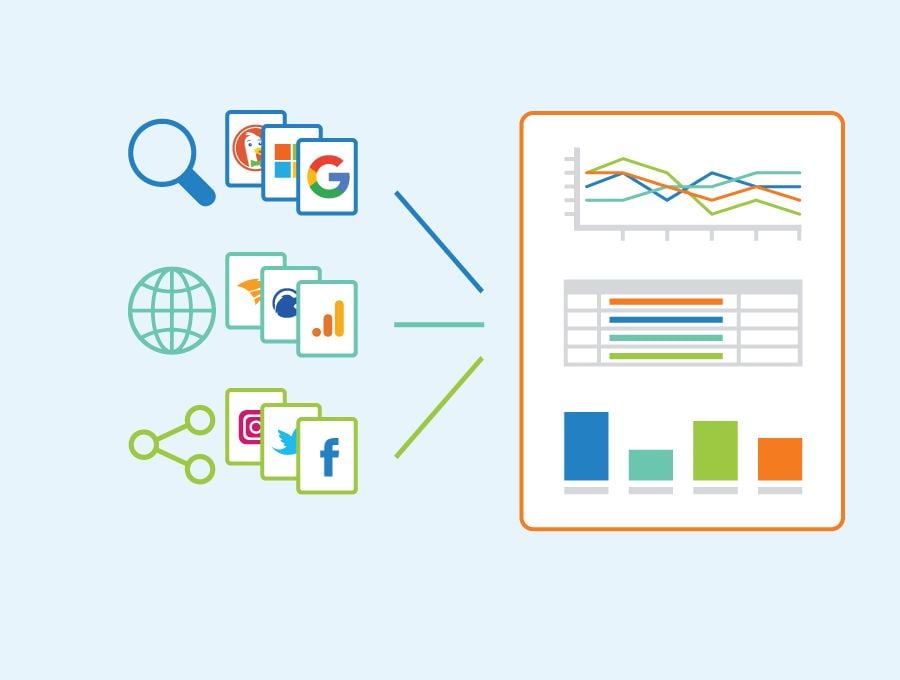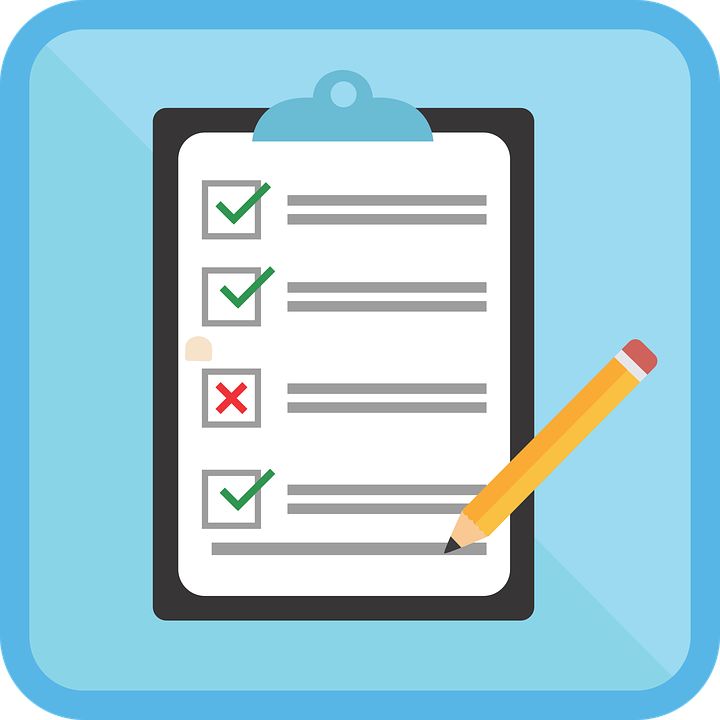Are you interested in learning how social media use statistics to analyze data? If so, then buckle up! For countless reasons, knowing who is using social media statistics can be a huge asset to your business.
Whether gathering insights from a customer base or measuring the success of an ad campaign, being able to decode the world of social media data has become essential for businesses around the globe. Not sure where to begin? This blog will guide you through everything needed to help make informed decisions based on meaningful social media analysis results. Read on to learn more!
Table of Contents
Why It’s Important to Collect and Analyze Social Media Data?

It is increasingly important for businesses to collect and analyze social media data to make informed decisions about their operations. Here are some of the most common and important uses of social media statistics:
Understanding customer behavior
In today’s ever-evolving digital landscape, the success of a business depends on understanding customer behavior. Social media data provides companies with an invaluable opportunity to gather real-time insights into their customers’ thoughts and feelings. Collecting and analyzing this data makes it possible for businesses to understand their brand’s impact on consumers and helps identify gaps in services or products. By utilizing social media data, companies can adjust their strategy and tailor both their offline and online activities to meet the needs of their customers and create meaningful relationships with them.
Measuring ad campaigns
Social media and ads have become essential to any business’s marketing strategy. By collecting and analyzing social media data, companies can gain insights into the effectiveness of their campaigns. This information can be used to track key performance indicators (KPIs). Understanding how these campaigns perform can help companies optimize their marketing strategy and maximize the impact of their ad spend.
Identifying industry trends
Social media data is also useful for analyzing and predicting market trends. By collecting and having an addiction to social media statistics, companies can gain an understanding of larger, industry-wide changes that may not be apparent by traditional means. This information can inform future strategic decisions and help stay competitive in the marketplace.
Metrics to Check When Analyzing Your Social Media

Analyzing your social media data can be a great way to gain insights into customer behavior, measure ad campaigns, and identify industry trends. However, with so much data available, it can be difficult to know which metrics are the most important. To help you get started, here is how to get social media data for analysis and some of the most important metrics to check when analyzing your social media data:
Engagement Rate
This metric measures how effectively your brand’s posts resonate with your audience. It is calculated by dividing the total number of interactions (likes, comments, shares) by the number of followers or potential reach. The higher the engagement rate, the more successful the post.
Click-Through Rate
The click-through rate (CTR) measures how many people clicked on a link associated with an ad or post. This metric is useful for understanding which content resonates most with consumers and can be used to optimize future campaigns.
Conversions
Conversions measure how many people completed the desired action, such as signing up or buying a product. This metric helps understand an ad campaign’s effectiveness and optimize future campaigns based on the results.
Reach
Reach measures how many people saw a post or ad. It is important to track this metric to understand the impact of your content and determine whether it is reaching the intended audience.
Impressions
Impressions measure how often an ad or post is seen, regardless of whether it was clicked on or noticed by the viewer. It is important to track this metric to understand which posts resonate with viewers and optimize future campaigns based on the results.
How to Analyze Social Media Data?

Once you have identified the metrics to track and understand, it’s time to analyze your social media data. Here are some tips for getting started:
Set goals
Before beginning any analysis, it is important to define clear and achievable goals. This will help focus your efforts and ensure that the insights gathered are useful.
Identify key performance indicators (KPIs)
After setting goals, identify which KPIs will help measure success. This could include engagement rate, click-through rate, conversions, reach, or impressions.
Collect data
Once you have identified the relevant KPIs for your analysis, collect all the necessary data from different sources such as Google Analytics and other free social media analytics tools.
Analyze results
After collecting the data, analyze the results to understand customer behavior better and measure ad campaign success. This could be done by comparing KPIs over time or between different campaigns.
Take action
Once you clearly understand your analysis results, take action based on your findings. This could mean optimizing future campaigns or changing existing products or services.
The Best Social Media Analytics Tools

Various social media analytics tools are available to help you quickly and accurately analyze your data. Here are some of the best:
Hootsuite Insights
This tool provides real-time monitoring and analytics for brands across all major social networks. It offers detailed insights into content performance, trends, engagement, audience metrics, and more.
Sprout Social
This platform helps businesses measure key metrics such as clicks, reach, and engagement rates to gain deeper insights into customer behavior. It also provides recommendations on optimizing ad campaigns based on the results.
Google Analytics
While mainly used for measuring website traffic, Google Analytics can also be used to track social media performance. By connecting it with your social media accounts, you can gain insights into the performance of your posts and ads.
Iconosquare
This tool provides comprehensive analytics for Instagram and Facebook. It offers detailed data on post-performance, competitor analysis, and audience engagement.
Conclusion
Social media data is an invaluable asset for businesses of all sizes. Knowing how to interpret and analyze this data can help companies better understand their customer base, measure ad campaigns, and identify industry trends. With so much information available, knowing which metrics are the most important to track is crucial. Additionally, several free and paid tools are available to help streamline the process. By following the tips outlined in this blog, you’ll be well on your way to understanding and collecting meaningful insights from your social media data. Good luck!
- A Step-by-Step Guide to Deleting Fake X Followers - January 3, 2025
- Tips to Boost Your Visibility on X - January 3, 2025
- How to Use X Polls to Boost Audience Interaction - December 2, 2024

